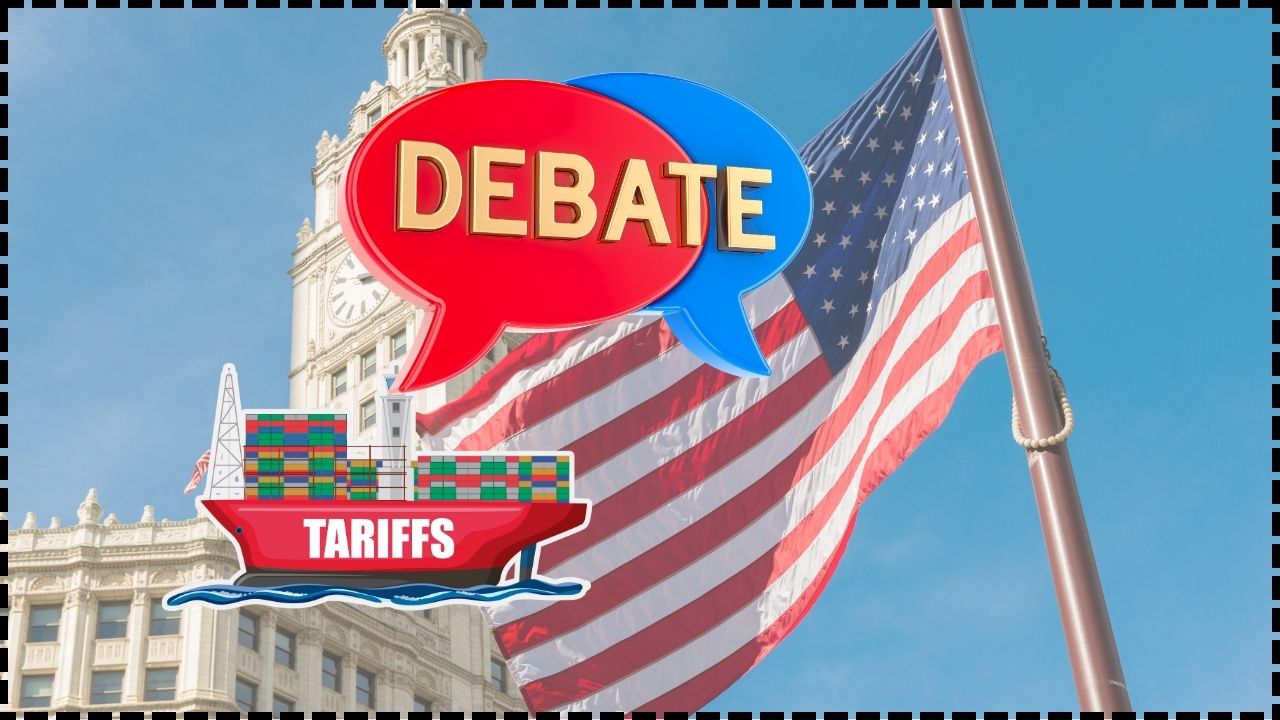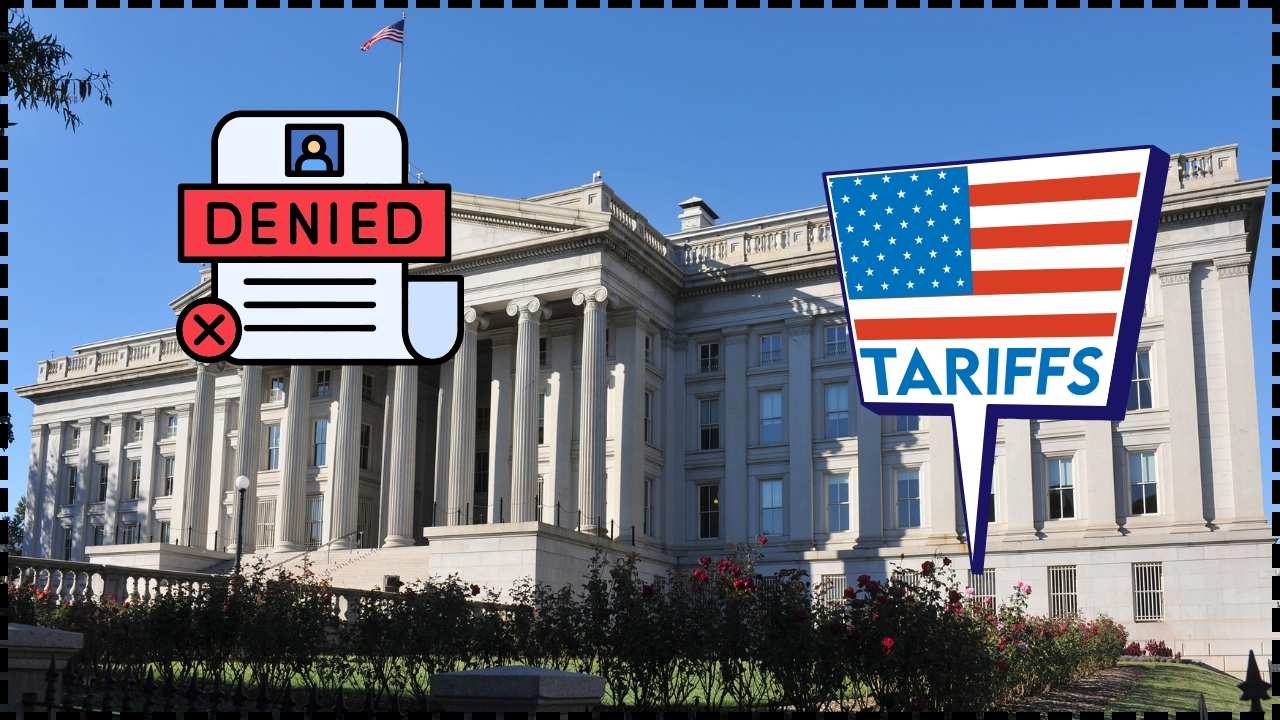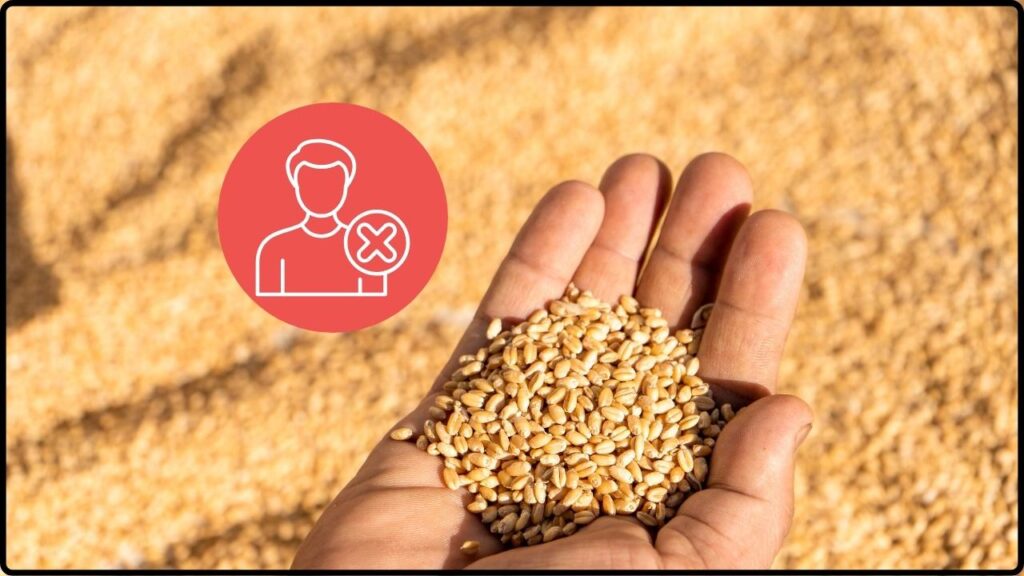
Ration Crackdown: If you’ve been keeping an eye on India’s welfare system, here’s some breaking news: the Centre has flagged more than 1 crore ration card beneficiaries as ineligible under the National Food Security Act (NFSA). That’s a major development, given this scheme directly impacts nearly two-thirds of India’s population—over 76 crore people. In plain English? The government discovered that a large number of people receiving subsidized food grains shouldn’t actually be on the list. Now, states and union territories must complete a massive cleanup drive by September 30, 2025.
Ration Crackdown
The ration crackdown of 2025 is one of the largest cleanups in India’s welfare system. By flagging 1.17 crore ineligible ration cards, the government hopes to strengthen fairness and efficiency in the NFSA. Yes, challenges exist—wrongful deletions, political backlash, and bureaucratic delays. But if states act carefully, the result could be a fairer distribution system where subsidies go only to the needy. The big question is whether India can balance efficiency with empathy—removing fraud without hurting those who truly depend on the system.
| Point | Details |
|---|---|
| Total flagged ineligible ration card holders | 1.17 crore (approx.) |
| Breakdown | 94.71 lakh taxpayers, 17.51 lakh four-wheeler owners, 5.31 lakh company directors |
| Deadline for removal | September 30, 2025 |
| Total NFSA coverage | 19.17 crore ration cards, covering ~76.10 crore people |
| Past cleanup efforts | 5.97 crore ration cards deleted since 2013 |
| Official Reference | Department of Food and Public Distribution |
Why Ration Crackdown Matters?
The ration card isn’t just a piece of paper—it’s a lifeline for poor households. Under NFSA, eligible families can buy rice, wheat, and other essentials at rock-bottom prices. For millions, this means the difference between going hungry and having food on the table.
But when ineligible people—like company directors or income tax payers—stay in the system, it reduces resources for those who genuinely need them. The new crackdown aims to ensure fairness and accountability.
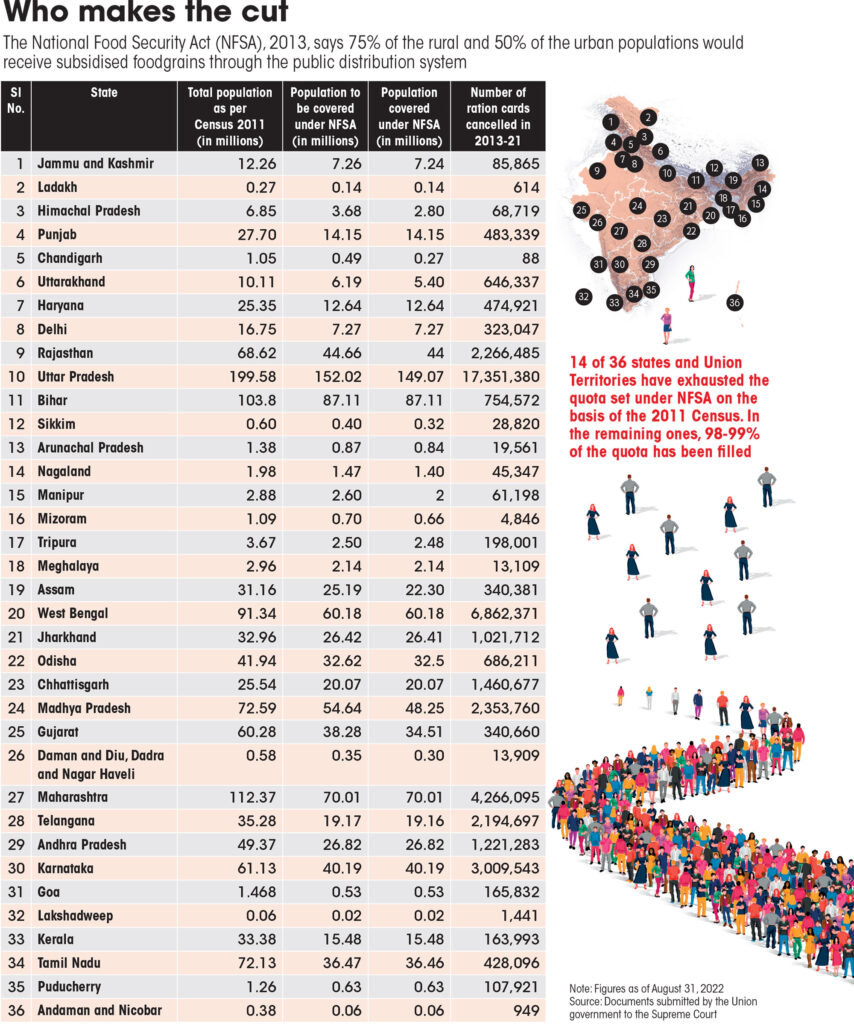
How the Centre Identified Ineligible Beneficiaries?
This isn’t guesswork. The Centre used cross-database verification to weed out likely ineligible cardholders:
- Income Tax Database: About 94.71 lakh ration card holders were found to be paying income tax. If you’re filing taxes, the logic goes, you don’t need heavily subsidized rations.
- Vehicle Ownership Records (MoRTH): Around 17.51 lakh beneficiaries were flagged for owning four-wheelers.
- Corporate Affairs Ministry: Another 5.31 lakh were identified as company directors, suggesting financial stability inconsistent with subsidy eligibility.
This shows India is moving toward a data-driven welfare model, where digital checks prevent misuse.
A Quick Refresher: The National Food Security Act (NFSA)
Launched in 2013, the NFSA was a landmark law making food a legal right. Its goals:
- Cover 75% of rural and 50% of urban populations.
- Provide 5 kg food grains per person per month at subsidized rates.
- Under the Antyodaya Anna Yojana (AAY), the poorest households receive 35 kg grains per month.
This is the world’s largest food security program, bigger in scale than even the U.S. SNAP program.
Historical Cleanup Efforts
This isn’t India’s first attempt at cleaning up the ration system. Over the past decade, digital reforms have led to significant deletions:
- Since 2013, states have removed about 5.97 crore ration cards.
- Between 2021 and 2023, 1.34 crore bogus or duplicate cards were eliminated.
- Aadhaar-based linking helped weed out 5.8 crore fake entries by 2021.
Digitization has reduced corruption, but the system is still vulnerable to misuse.
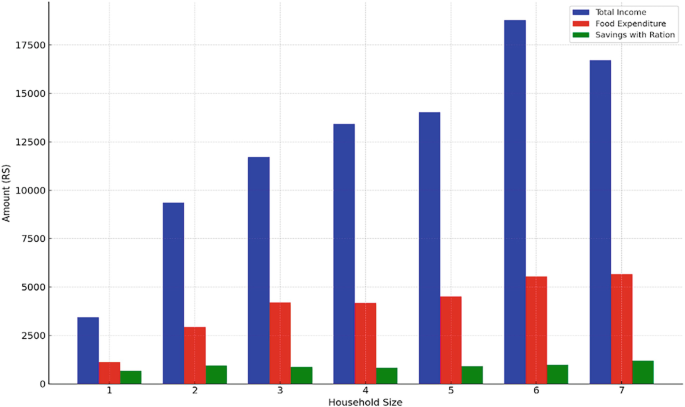
Who Gets Affected by the Crackdown?
The immediate impact is on those flagged as ineligible. But the ripple effect is larger:
- For the poor: More space opens up for families still waiting for inclusion.
- For the middle class: Those wrongly flagged may face hassle proving eligibility.
- For states: They shoulder the heavy responsibility of field verification, which requires manpower, coordination, and political will.
Global Comparisons: Lessons from the U.S. SNAP Program
India isn’t the only country running food subsidy schemes. In the United States, the Supplemental Nutrition Assistance Program (SNAP) ensures low-income households get food support. But SNAP is fully digitized—recipients use Electronic Benefit Transfer (EBT) cards.
Fraud prevention is tight: income levels are continuously monitored, and misuse can result in penalties or disqualification.
The key difference? India’s sheer scale and rural population make reforms more complex. Still, SNAP offers lessons in digital efficiency and fraud detection.
Challenges in the Cleanup
While the crackdown sounds efficient, real-world challenges remain:
- Data mismatches: Owning a tractor registered as a “four-wheeler” could wrongly flag a poor farmer.
- Rural digital gap: Families in villages may not know how to check their card status online.
- Political sensitivities: Removing ration cards before state elections could stir protests.
- Bureaucratic delays: States often lack staff to conduct door-to-door verification on such a large scale.
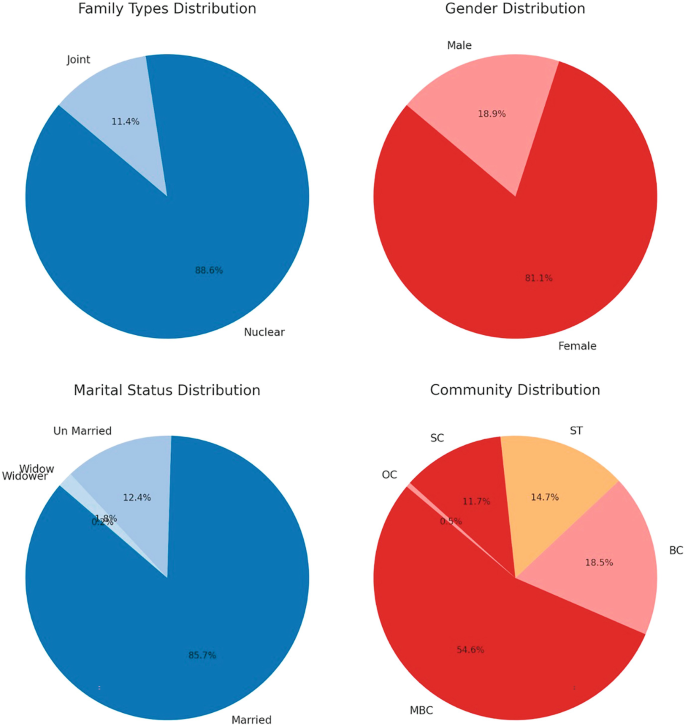
State-Level Responsibilities
The Centre has created a Rightful Targeting Dashboard to help states access flagged lists. But the responsibility lies with state governments to:
- Verify flagged names through field officers.
- Remove ineligible ration cards from the system.
- Add waiting families who genuinely qualify.
The deadline? September 30, 2025.
States that move fast can reduce misuse and boost their welfare credibility. Those that drag their feet risk political backlash and administrative penalties.
Case Study: How This Plays Out on the Ground
Take the example of Bihar. Ramesh, a marginal farmer, qualifies for NFSA and depends on subsidized grains. His neighbor, a contractor who owns a car and pays taxes, also enjoys the same benefits.
Under this crackdown, the neighbor gets flagged and eventually removed, opening a slot for Ramesh’s cousin’s family that has been waiting for years.
This shows how better targeting improves fairness in the system.
Practical Guide for Citizens
If you’re worried about your ration card being flagged, here’s what to do:
1. Check Your Status
Visit your state’s Public Distribution System (PDS) website or the NFSA portal. Most states publish beneficiary lists online.
2. Keep Documents Updated
Ensure Aadhaar, income certificates, and address proofs are current and accurate. Typos or mismatched data often trigger wrongful deletions.
3. File an Appeal if Wrongly Removed
States must have grievance redressal officers. If you’re wrongly flagged, file a complaint immediately.
4. Avoid Misuse
If you no longer qualify, surrender your ration card voluntarily. Misuse can lead to fines and criminal charges.
Future of Food Distribution in India
Experts predict ration reforms may soon involve:
- AI-based verification: Algorithms that flag suspicious beneficiaries instantly.
- Blockchain technology: Tracking grains from warehouses to households to prevent leakage.
- Direct Benefit Transfers (DBT): Instead of food, eligible families may get cash directly in their bank accounts.
These changes could make India’s food security net more transparent and efficient.
Expert Opinions
Economists like Jean Drèze argue that NFSA is vital but must focus on accurate targeting and delivery. Civil society groups warn against over-deletion, which could hurt poor families due to database errors.
The balance lies in removing fraud without excluding the needy.
How India’s Broken Tax System Is Crippling the Circular Economy Revolution
India@100: Why Experts Say Fixing GST Could Unlock a Health Insurance Boom


